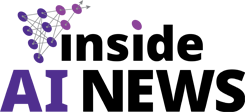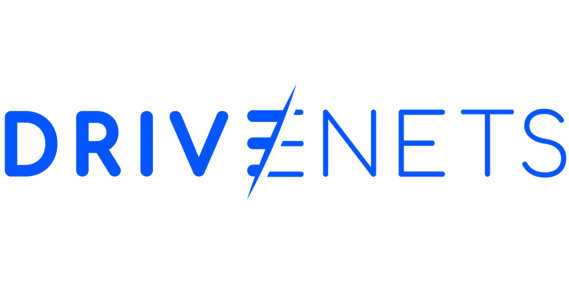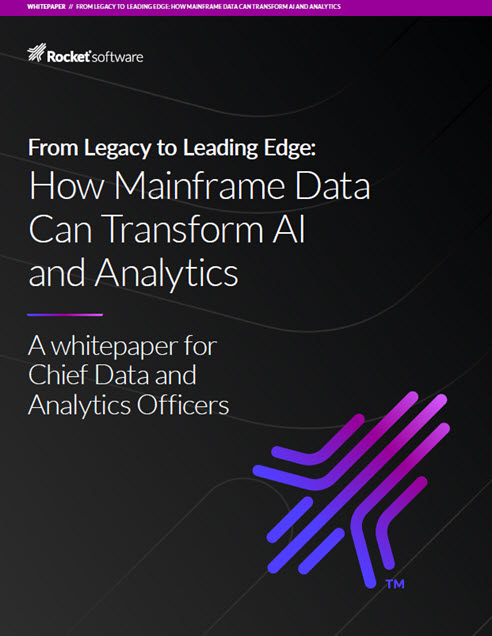 By Don Strickland, Product Manager for Legrand’s Data, Power, and Control division
By Don Strickland, Product Manager for Legrand’s Data, Power, and Control division
The explosion of AI workloads is redrawing the data center blueprint in real time. Models are larger, compute clusters are denser, and the pressure to deliver consistent performance is relentless.
Training AI models often involves hundreds of GPUs pulling massive amounts of power and pushing infrastructure to its limits. In this landscape, intelligent power infrastructure, particularly at the rack level, is no longer an afterthought. It is the very foundation of adaptability, resilience, and overall operational excellence.
Rethinking Power at the Rack
Traditional rack power distribution was historically treated as a commodity — a passive conduit delivering electrons from wall to machine. That thinking is obsolete. Today’s high-performance computing environments demand visibility, control, and adaptability at the point closest to the load.
In AI clusters, it’s not unusual to see racks drawing 80 to 100 kilowatts, with projections indicating that racks demanding several hundred kilowatts — and eventually megawatt-class racks — will become increasingly commonplace.
Next-gen AI architectures will feature synchronized power supply ramp-ups, generating cumulative electrical harmonics that put substantial stress on upstream distribution. Without granular, real-time visibility, these stressors often remain undetected until a critical failure occurs.
While rack power distribution units (PDUs) were once simple power delivery components, they have evolved into sensor-rich platforms. Modern intelligent PDUs don’t just distribute power — they measure, analyze, and report on it in real time. Voltage, current, harmonics, crest factors, power factor, temperature — it’s all visible. And with it comes the ability to act quickly and precisely, ensuring that mission-critical data — down to the watt and millisecond — is always at the fingertips of data center infrastructure teams.
Modularity Demands Agility
AI infrastructure isn’t deployed in static rows anymore. It’s modular, built around clusters that can be relocated or reconfigured on the fly. This requires an equally agile power layer.I nfrastructure needs to keep up without the burden of physical reconfiguration.
Intelligent power systems allow operators to scale up or down quickly, support varying power profiles, and collect the operational telemetry needed to make informed decisions — without replacing or reconfiguring equipment inside or upstream of the rack. The flexibility to adapt without rewiring entire setups is now a baseline requirement. In this environment, power infrastructure needs to be as nimble as the workloads it supports.
Precision Matters – Economically and Technically

AI workloads are costly to run, and infrastructure decisions have direct financial implications. Efficiency has evolved to become a distinct competitive advantage. That means optimizing power delivery all the way down to the outlet.
Power consumption and thermal output are tightly linked. When they’re aligned—through real-time telemetry and automated coordination, everything runs more smoothly. Cooling systems don’t overreact. Workloads aren’t throttled unexpectedly. Performance remains consistent and cost-effective, which in turn reduces energy use and emissions, helping organizations meet sustainability and ESG goals.
Intelligent rack PDUs feed massive volumes of data directly into automation platforms, including BMS, incident response systems, DCIM, and open-source analytics tools like Prometheus. This synchronization enables load balancing, thermal distribution, and capacity and failover planning to be guided by real-world conditions at each rack, down to the device level.
This kind of precision reduces risk, improves uptime, and helps teams plan capacity intelligently. It’s how high-density environments remain operable at scale.
Power and Cooling Are Intertwined
As power density climbs, so does thermal output. Cooling infrastructure is evolving rapidly, especially with the adoption of liquid-based solutions. But effective thermal management still depends on knowing where heat originates—and that requires detailed power data.
A rack’s thermal profile isn’t primarily dictated by ambient room temperature, it’s shaped by real-time power consumption and fluctuation. While embedded sensors in intelligent rack PDUs provide valuable insight, it’s the combination with external environmental sensors—measuring temperature, humidity, airflow, air pressure, and particulates—connected via sensor hubs and ports, that enables precise rack-level thermal tuning. This integration makes airflow management and liquid cooling more responsive and effective.
By tying power and cooling into a unified visibility layer, facilities can achieve operational harmony that’s otherwise impossible with siloed systems. These systems don’t just talk to each other—they actively shape each other’s behavior. For example, if a cluster starts ramping power mid-job, the cooling system can adjust in real time to maintain safe operating conditions. It’s a closed feedback loop that prevents overcooling, reduces energy waste, and elongates component lifespans.
Moving from Reaction to Prediction
Even with real-time intelligence, failures can still happen. The question is whether they will be disruptive or merely instructive. Intelligent power systems are now equipped to go beyond fault notification—they can offer forensic insights.
By capturing high-resolution waveform data in combination with circuit breaker trip forensics —each a distinct and powerful feature—it’s possible to not only determine which device caused or most contributed to the tripping of a breaker or overload event, but to further analyze all of the power conditions leading up to the issue beyond fundamentals such as current draw. This level of insight enables true root cause analysis. It also supports predictive models that identify patterns and anomalies before they escalate.
Break-fix IT models belong in the past. Today’s operations are proactive, informed by high-fidelity power data and built on automated alerting and preventive maintenance strategies.
Power as a Control Plane
We’re entering an era where the rack PDU is becoming a control interface. With open data protocols and API-driven design, the power layer now integrates with facility-wide and workload-level management systems.
Whether it’s enforcing energy policies through compliance reporting, reacting to load shifts or optimizing job placement based on thermal and power headroom, the rack PDU can become a key player in real-time decision-making.
This changes how data centers are designed and operated. It transforms power from an invisible cost center into a strategic layer of infrastructure, informing real-time decisions with minute precision.

Don Strickland, Legrand
The Bottom Line: Visibility Drives Performance
AI may be driving demand for performance, but it’s the visibility into power that determines whether that performance is sustainable. As density climbs and workloads shift, the ability to see, measure, and control what happens at the rack is no longer optional, it’s essential.
The rack PDU has evolved from a power strip into a platform. One that delivers actionable insight, operational resilience, and the agility needed for the AI era.
About the Author: With over 13 years’ experience in the data center and critical power sectors, Don Strickland is a global product manager for Legrand’s Data, Power, and Control Division, specializing in power distribution units and related products.



